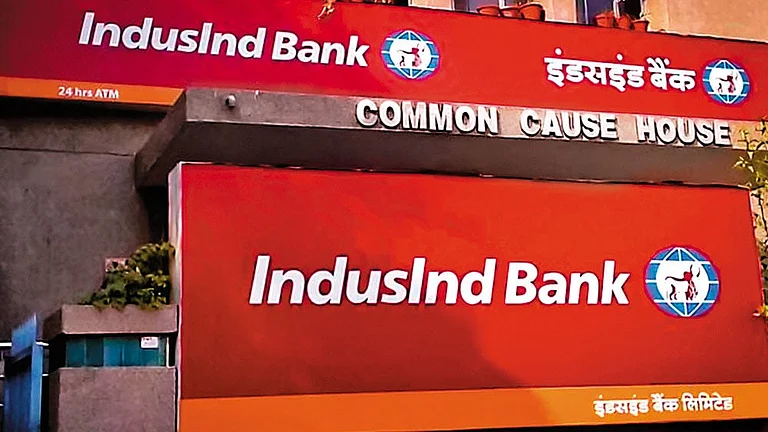Millennials are the new generation of tech-savvy investors, who are exposed to digital revolutions, where information is widely and easily available on the internet. With the increase in the availability of investment information, millennials are making their own decisions about money management as opposed to consulting seniors in the family or financial planner. Do It Yourself (DIY) trend is emerging for the new generation of millennial investors, mostly through online applications, where investors get the benefits of low-cost investing and faster processing. Along with this, millennials find ease in setting goals and selecting investment instruments. Further, these platforms provide full control to the user with more transparency on investment, payments, online tracking of portfolios, and many more features which make the millennial investment journey easy.
DIY investing provides an opportunity and flexibility to invest in the desired instrument, with a wider range of investment products, which makes a self-learning curve for the investors, but many times, it has been observed that investors end up making losses or less attractive investments in the portfolio and make the investment messy, which diverts the portfolio from the end goal.
While DIY investing provides a wide range of self-learning opportunities, DIY investors find difficulty in managing the risk calibration and fail to identify the risk which is associated with the individual asset class. Volatility is an underline risk associated with the individual asset class. 2020 saw a highly volatile time, with a lot of ups and downs in asset prices amid uncertainty due to pandemic. One can sail through these volatile times smoothly with the right diversification of savings into various asset classes with proper risk calibration.
Define your goal
Risk calibration is key for long-term wealth creation. The risk calibration process can be started by setting up goals and categorising them into short term and long term, followed by the right mix of asset classes to achieve the set goals, based on the risk profile of the investors. We believe that a disciplined approach and patience are the two important pillars for long-term wealth creation. With a disciplined approach, one can sail through the short-term volatility to achieve long-term goals.
Selection of asset class and investment
Equity, debt, gold, real estate, and FDs are the major asset classes. Equity investment offers high returns but comes with high volatility or downside risk. Equity investment may face short-term volatility, but in the longer run, the probability of inflation-beating returns increases. On the other hand, debt as an asset class offers consistent returns but investors need to compromise with the single-digit returns.
After the classification of goals into long term and short term, make equity as an investment instrument to fulfill long term goals where the power of compounding plays a major role in the long run. Further, make your investments based on the future potential of the underlying instrument, rather than giving more emphasis on the past performance.
It is often seen that millennials park most of the investments in physical assets like gold or real estate, and fail to give more weightage to financial assets, and end up with concentration risk in the portfolio with limited upside potential. It is recommended to make a portfolio with the right mix of physical and financial assets based on the risk profile to fulfill short-term and long-term goals.
Retirement plan
Millennials should start saving early in life for retirement. To begin with, saving a small portion can do wonders and be helpful in the long run. Some recommended investment options for Gen Y can include monthly SIPs of equity mutual funds, National Pension Scheme (NPS), or can build a retirement corpus with PPF/EPF options.
Build your emergency fund
An emergency fund is a corpus that is required to protect from uncertain times like a job loss, medical events, etc. Ideally one should keep up to 6-12 months of monthly expenditure as an emergency fund to protect against any uncertain event. Build your emergency fund with the short-term debt mutual funds as they are more liquid, further it is recommended to divide the entire emergency corpus into 4/5 buckets. These small buckets will provide the flexibility to liquidate only the desired amount of savings for emergency use rather than liquidating the entire big single corpus. With this strategy, the small bucket can be re-built after meeting the emergency requirements.
Understand the difference between health product and investment product
The risk profile for health and investment products is different. One needs to understand the difference between health and investment products. Further, the pandemic has taught us the importance of health care insurance cover to protect families from any unplanned events. Along with health insurance, a life insurance cover is also essential from the early stage. Life insurance cover like a term plan can help secure the future of the dependents by offering financial benefits.
Select your investment product with proper tax planning
Tax planning is a very important step to keep all the investments in line with goals. Tax planning provides an opportunity to select the right investment product to save the tax & stay in line with long-term goals.
It is imperative to review or rebalance the entire portfolio every six months or annually. A timely review will provide an opportunity to recalibrate the portfolio with the initial target allocation.
The author is Head - Quantitative Equity Research at Axis Securities
DISCLAIMER: Views expressed are the author's own. Outlook Money does not necessarily subscribe to them. Outlook Money shall not be responsible for any damage caused to any person/organisation directly or indirectly.




























